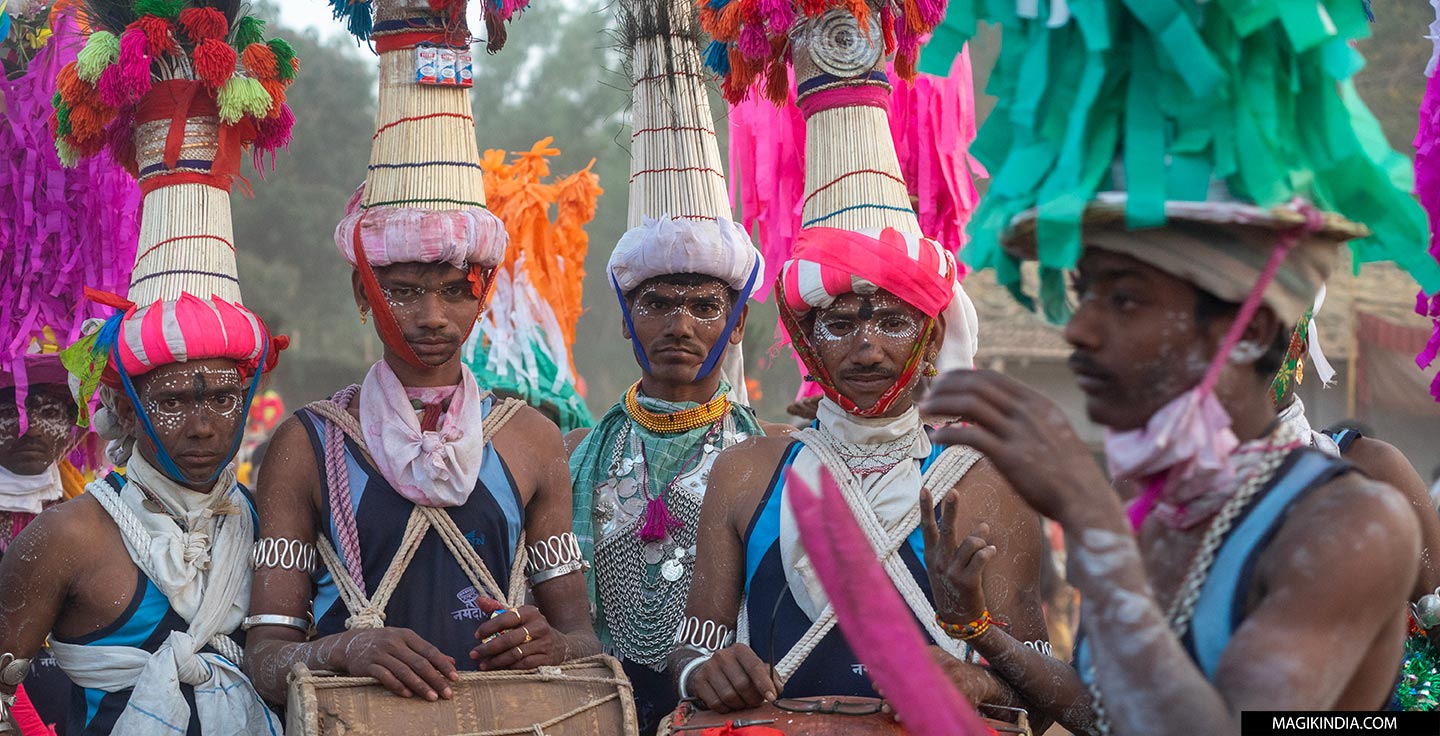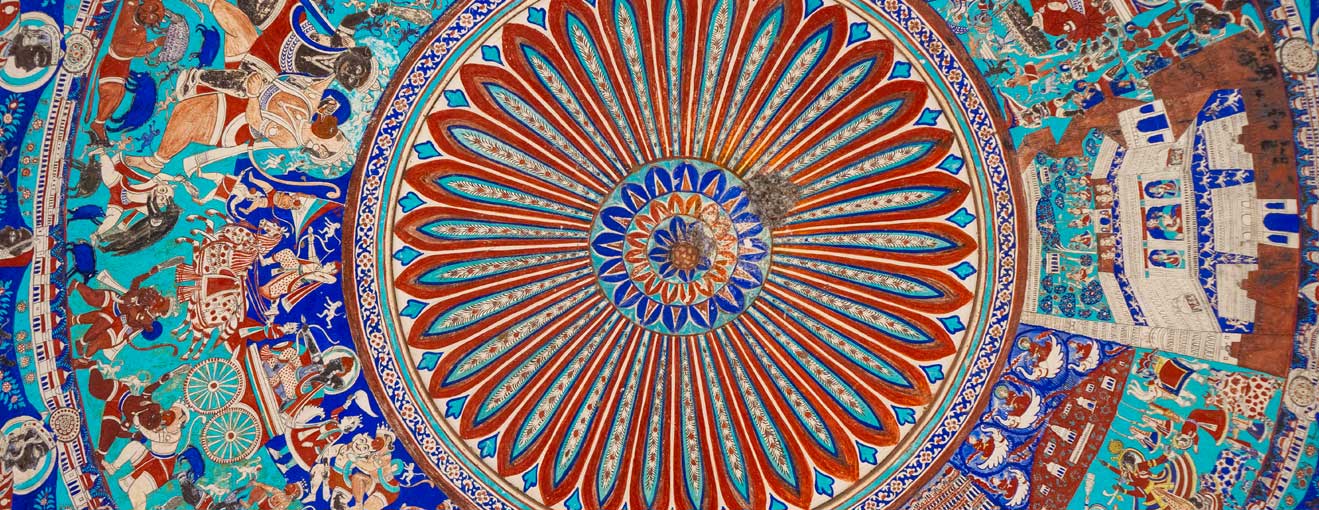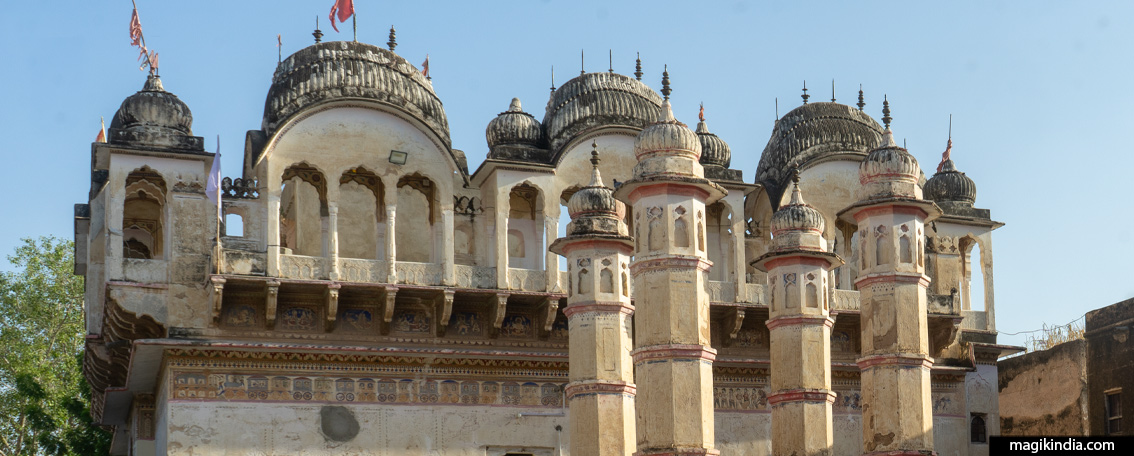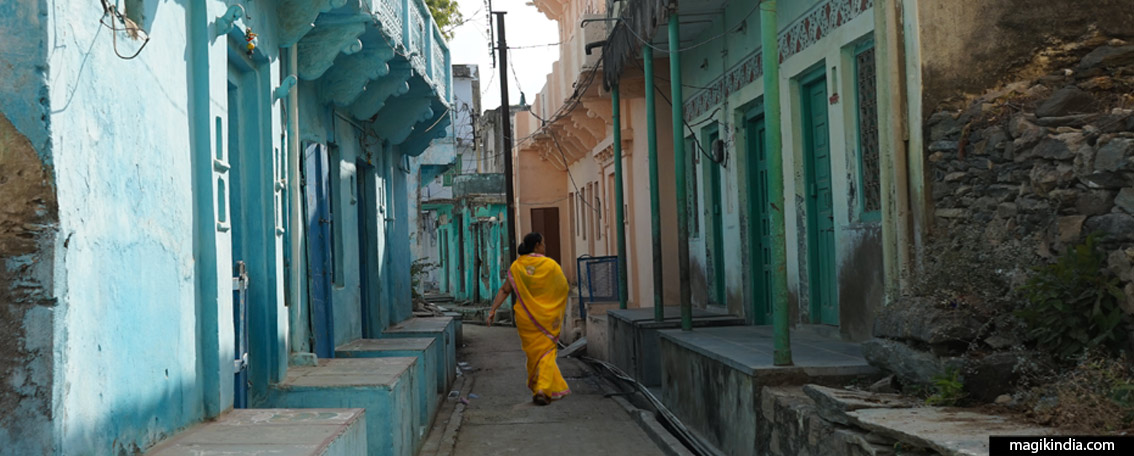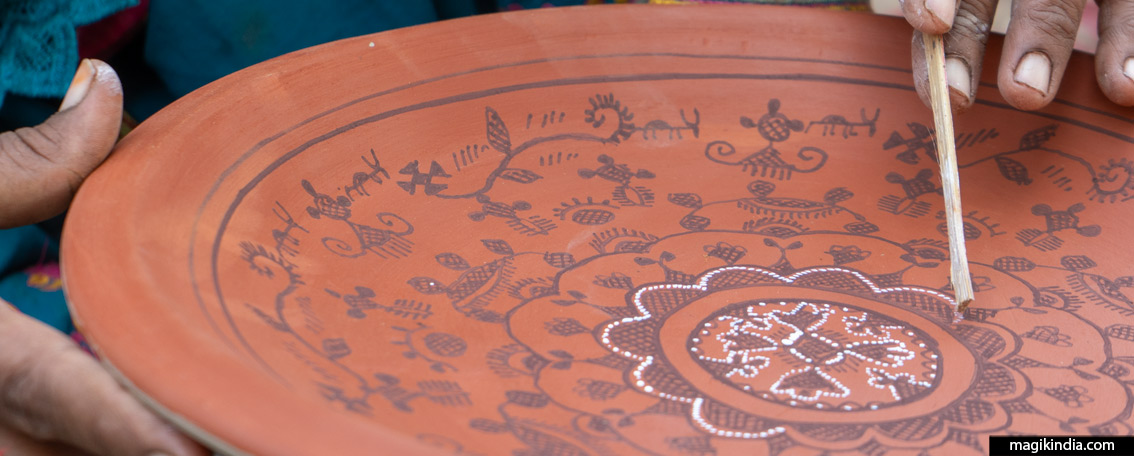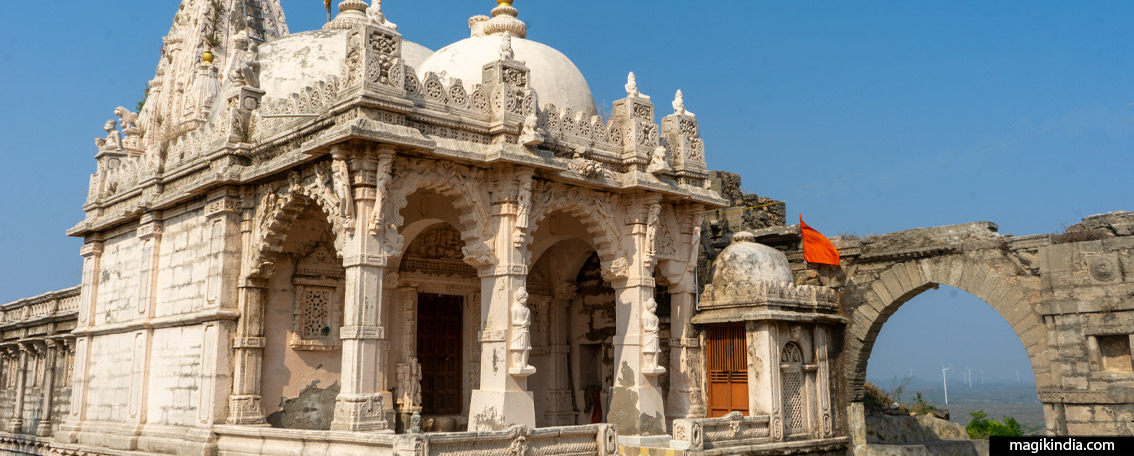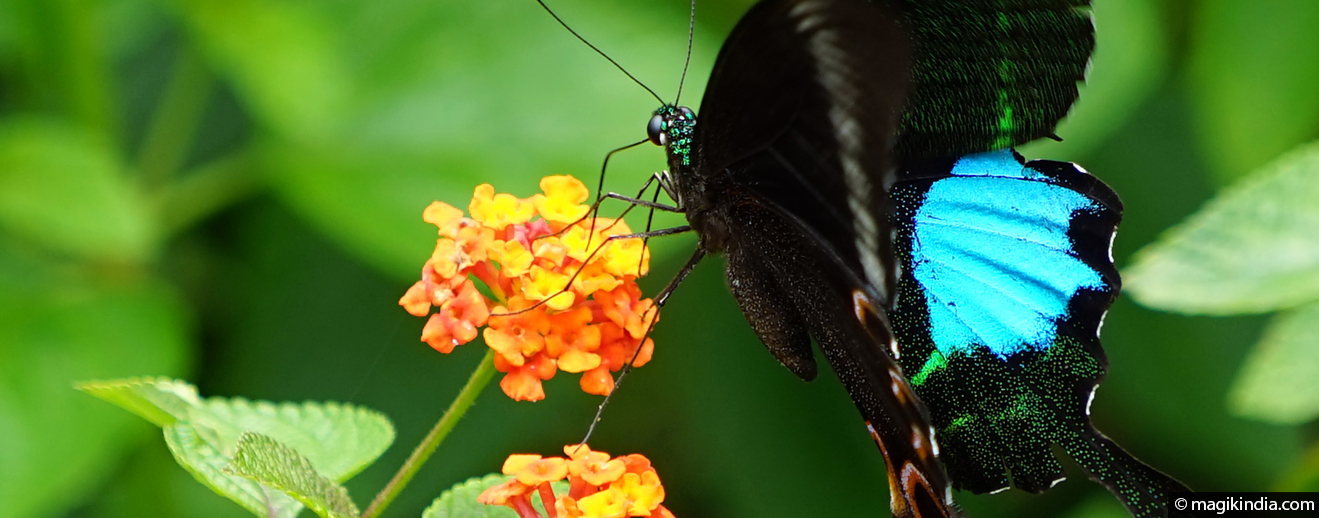
Wayanad, the green paradise of Kerala
This 20,000-hectare green forest paradise at the southern tip of the Deccan plateau, in Kerala, is home to one of the world’s densest concentrations of wild Asian elephants; it is not unusual to see one. The region is covered in coffee, teak and eucalyptus plantations and more than half its population belong to tribal communities. As well as its natural beauty, the Wayanad region has many other assets including ancestral temples and caves such as constituted India’s earliest dwellings.
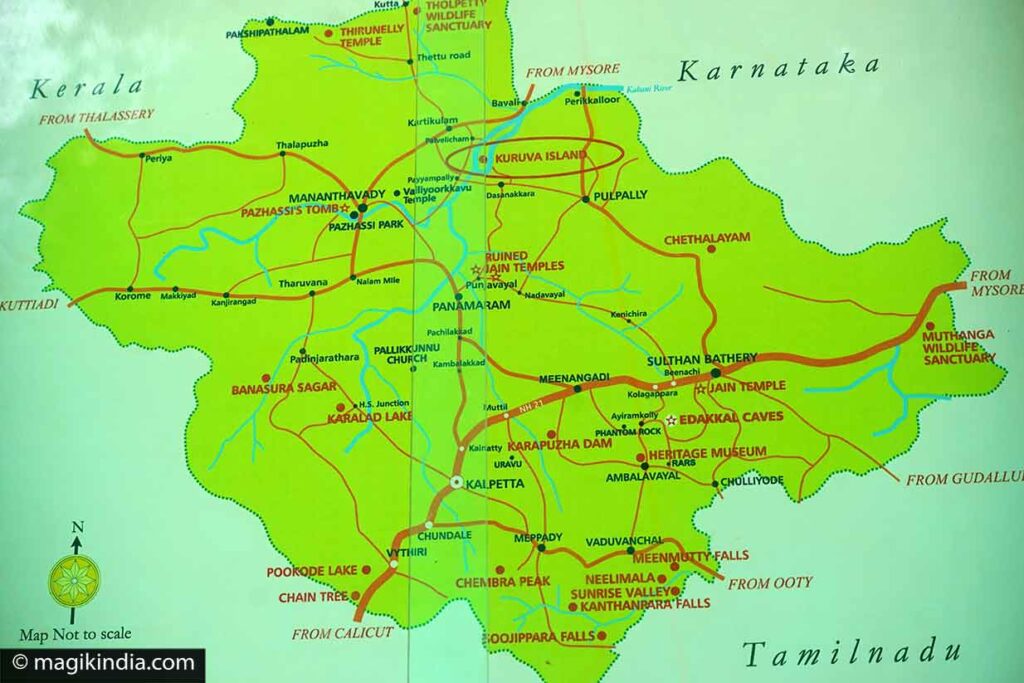
People of Wayanad
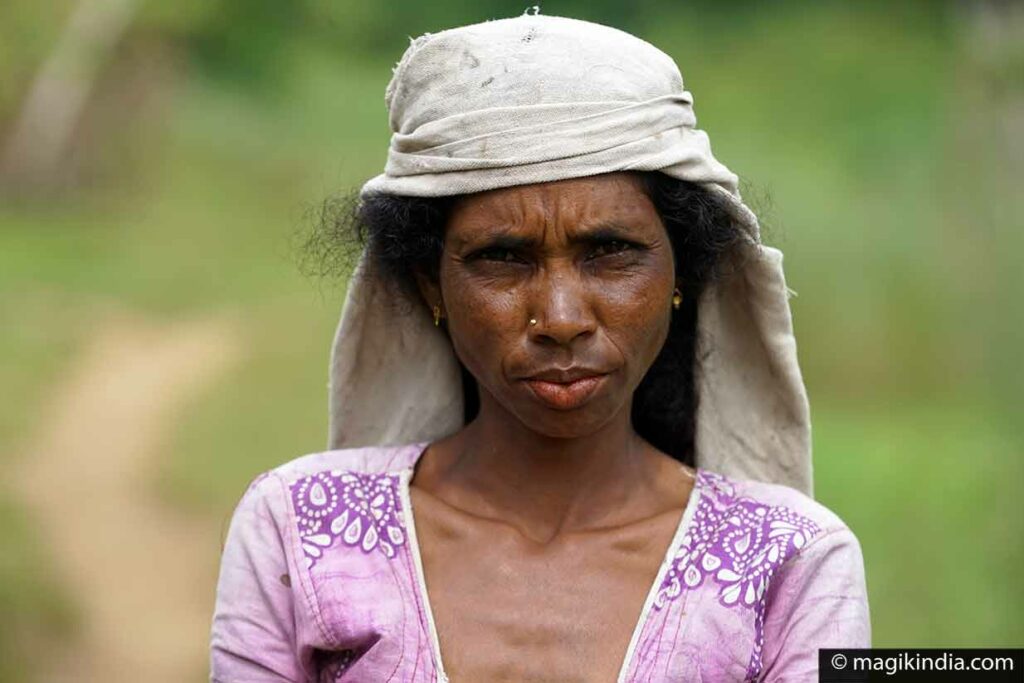
As seen in the introduction, Wayanad is a land of indigenous peoples, The Wayanad region has more tribes than any other part of Kerala. Their subsistence is almost entirely based on forest produce.
Une grande majorité des aborigènes du Wayanad sont les Paniyas. On y trouve aussi les Adiyas, Kattunayakan, Kurichyas et Uraali Kurumas.
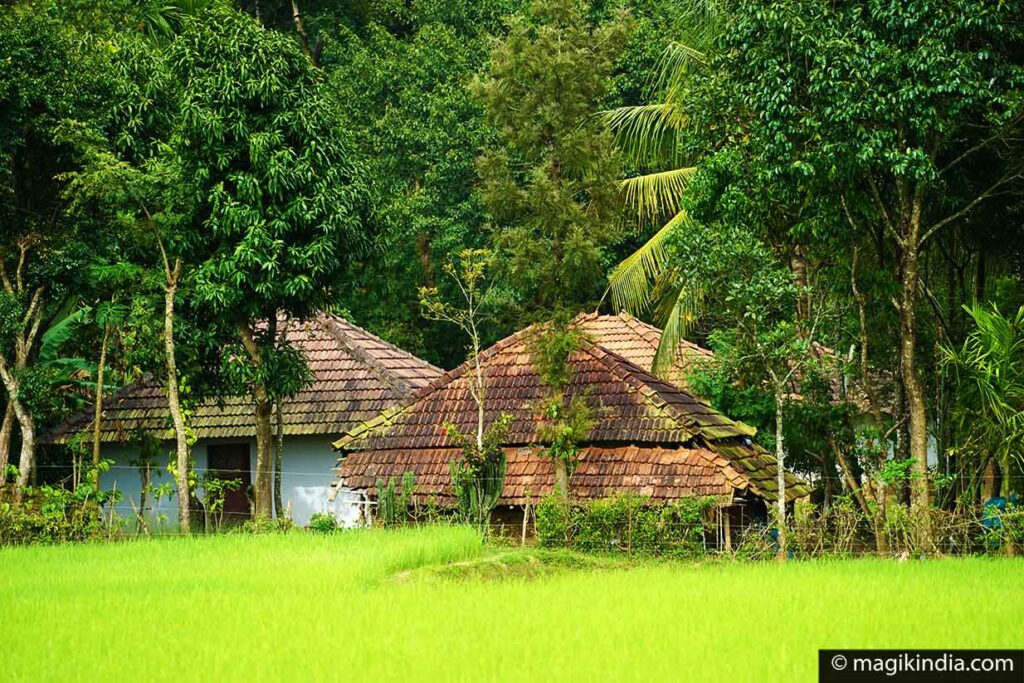
Each of these communities has its own crafts and very specific traditions. For example, the Kurichyas are fine archers: they descend from warriors who fought alongside King Pazhassi against the British in the so-called “Cotiote” war.

And now, let’s visit!
Thirunelli Temple
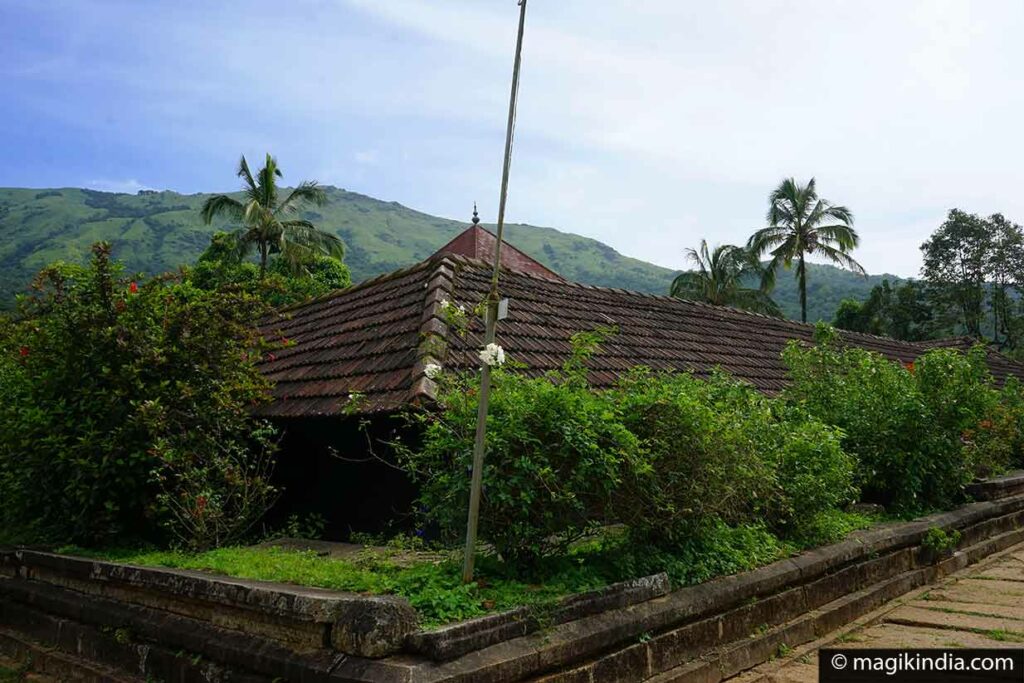
Thirunelli temple, dedicated to Vishnu and tucked away in the verdant Brahmagiri hills, is the only Hindu temple where devotees can perform all the rituals related to one’s life, from birth to death and beyond.
Although it is not known exactly when the temple was built, it is reckoned to be one of the oldest in Kerala.

The faithful believe that the prana prathishta (consecration) of a Vishnu idol was performed here by Brahma. The temple is also known as Sahyamala Kshetram, “Kashi of the South”.
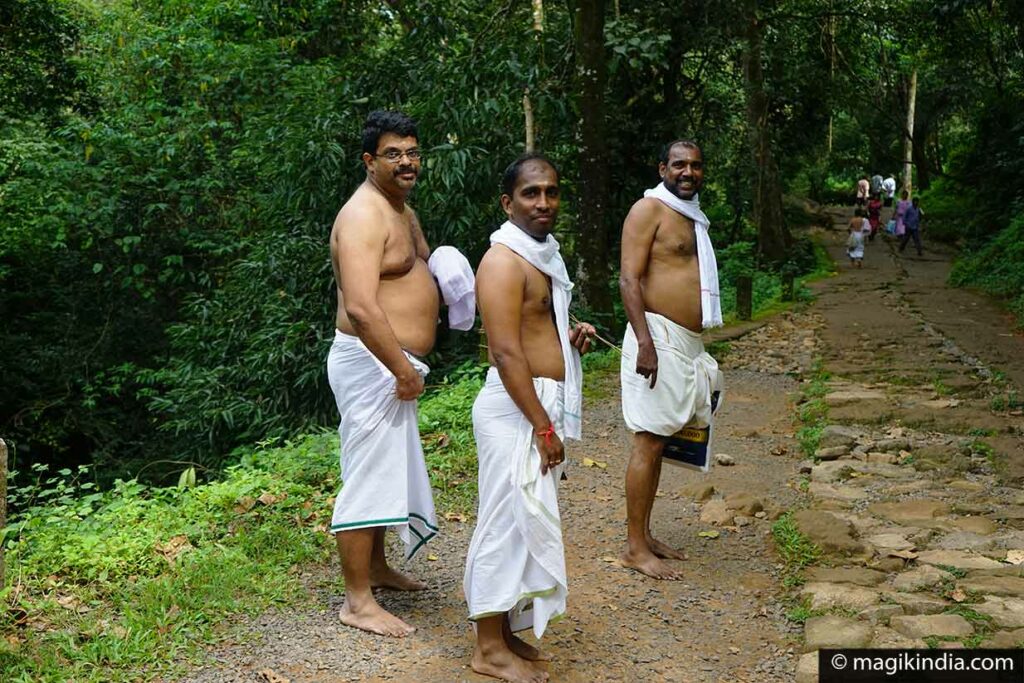
The ancient Purana scriptures mention this temple as having been built by Lord Brahma himself. According to the legend, Brahma was travelling around the universe on his mount, the swan Hamsa, when he was attracted by the beauty of the region and decided to stop by. As he landed, Brahma saw an idol in an amla tree; he recognised the idol as a statue of Lord Vishnu and the place itself as Vaikuntha, the “abode of Lord Vishnu”. With the help of the devas (gods), Brahma installed the idol in a temple and called it Sahyamalak Kshetra. At Brahma’s request, Vishnu promised that the water in the area would wash away all sins. So the river near the temple is called Papanasini, “that which erases all sins”.
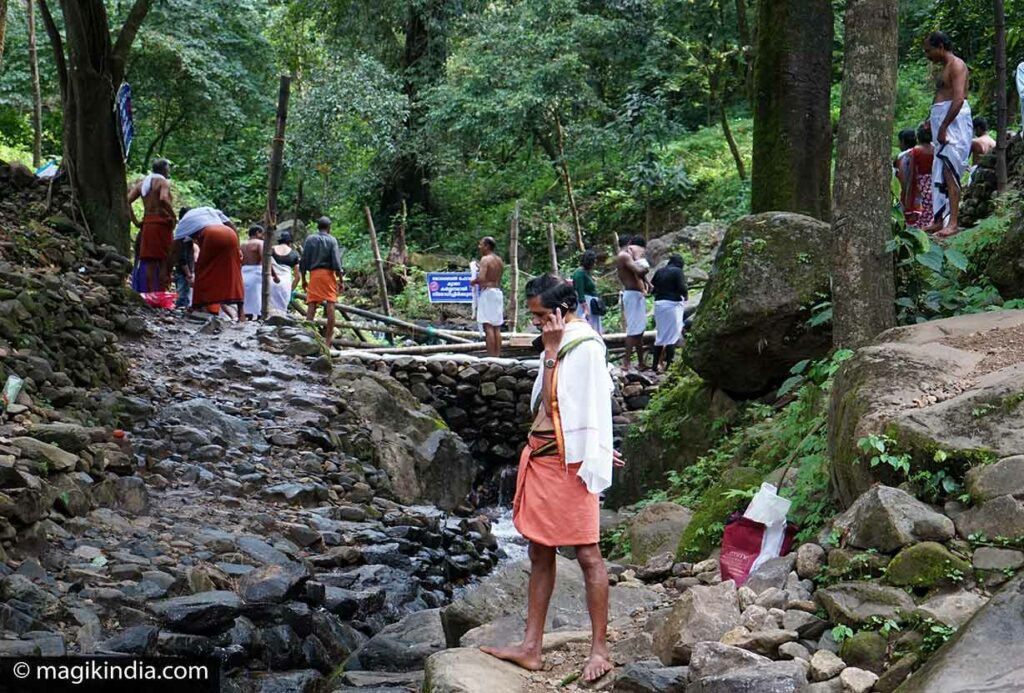
Pilgrims flock to Thirunelli, mainly to perform rites for their ancestors. The rituals are performed on a sacred rock on the bank of the Papanasini which flows down from Mount Brahmagiri. Devotees believe that Parasurama, an incarnation of Vishnu, visited Thirunelli and performed funerary rites for his father, the sage Jamadagni, there. He is also said to have bathed in the Papanasini to wash away the sins he committed in killing Kshatriyas (warriors).
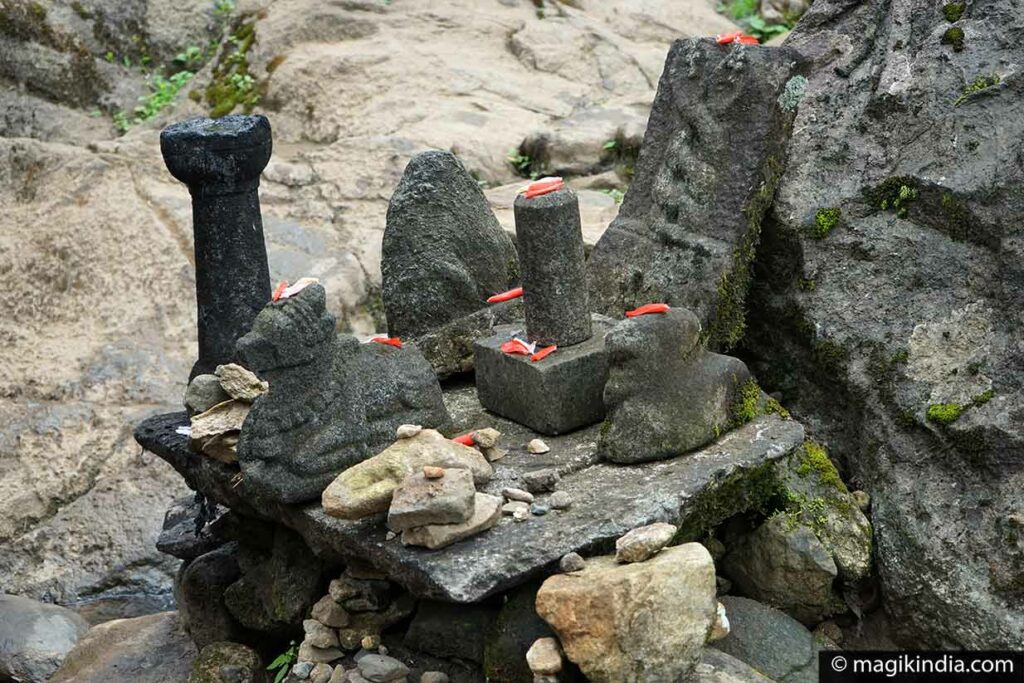
It is customary for the temple’s head priest to leave ritual equipment close to hand so that Lord Brahma will come and perform pujas (rituals) himself in the holy morning hours.
A little further along and down some steps is a sacred tank or kund dedicated to Vishnu, and the Gunnika cave temple, dedicated to Shiva. In this way Thirunelli is unique, being blessed by the presence of all three gods of the Trimurti: Brahma, Vishnu and Shiva.
N.B.: This is another temple closed to non-Hindus.
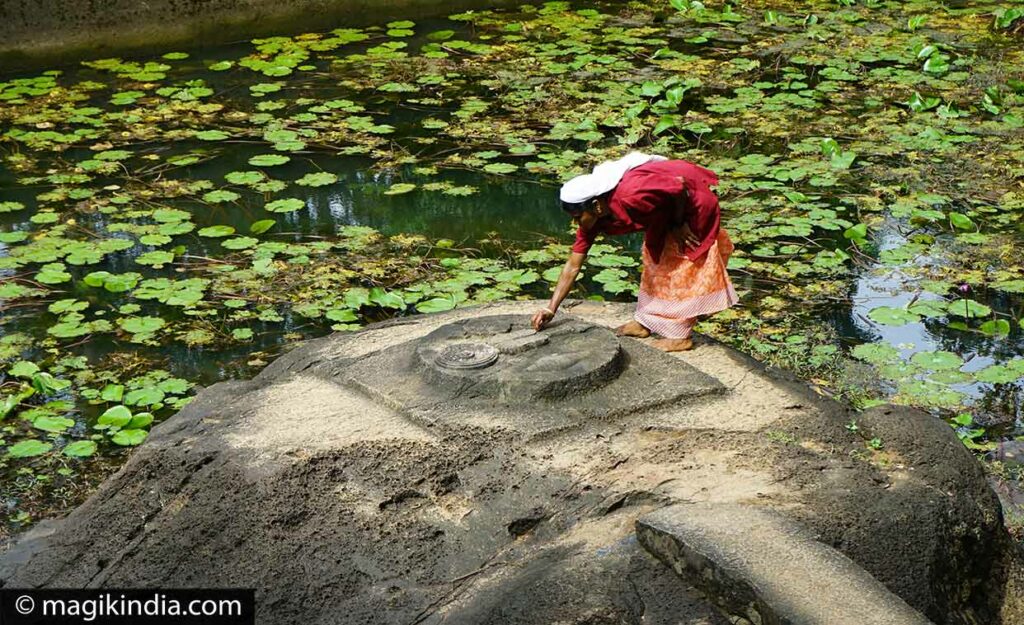
Edakkal Caves
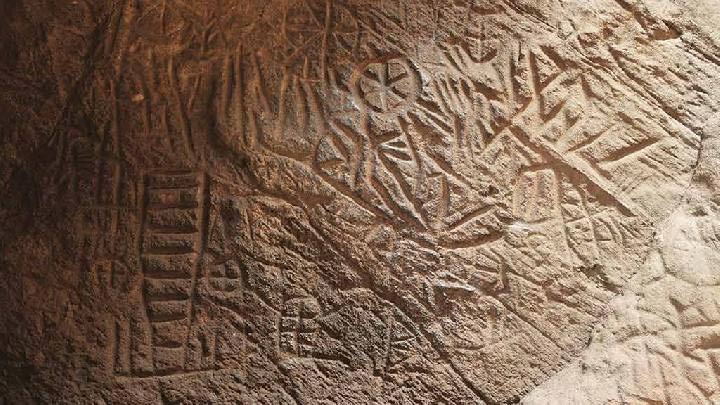
The Edakkal caves about 10km from the tomb of Sultan Bathery are considered to be among the earliest known centres of human habitation in India.
They feature images of human figures, animals and all kinds of tools such as wheels, bows and knives carved into the rock. The oldest carvings are thought to date from 3000 BCE.
The caves were discovered by Fred Fawcett, a Malabar police officer, in 1890. He instantly realised that they were of great anthropological and historical importance.
Irupu waterfalls (Karnataka)
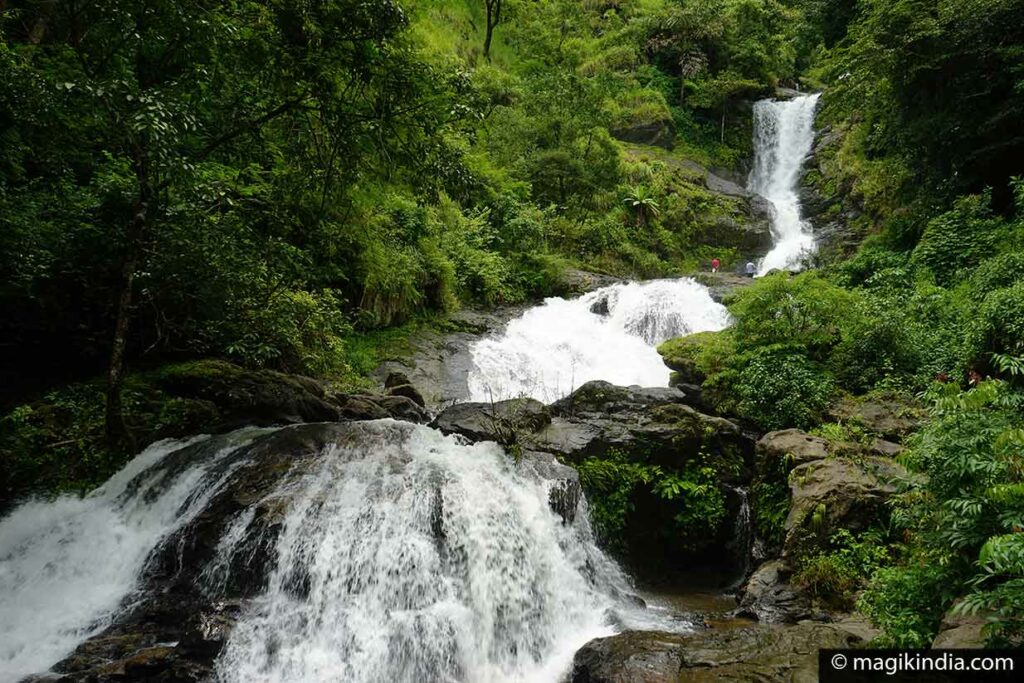
The Irupu falls are in the Brahmagiri hills, in Kodagu district, Karnataka state, adjoining Wayanad district (which is in Kerala state).
They are also known as the Lakshmana Tirtha falls; the river Lakshmana Tirtha starts here and flows down to join the sacred river Kaveri (or Cauvery).
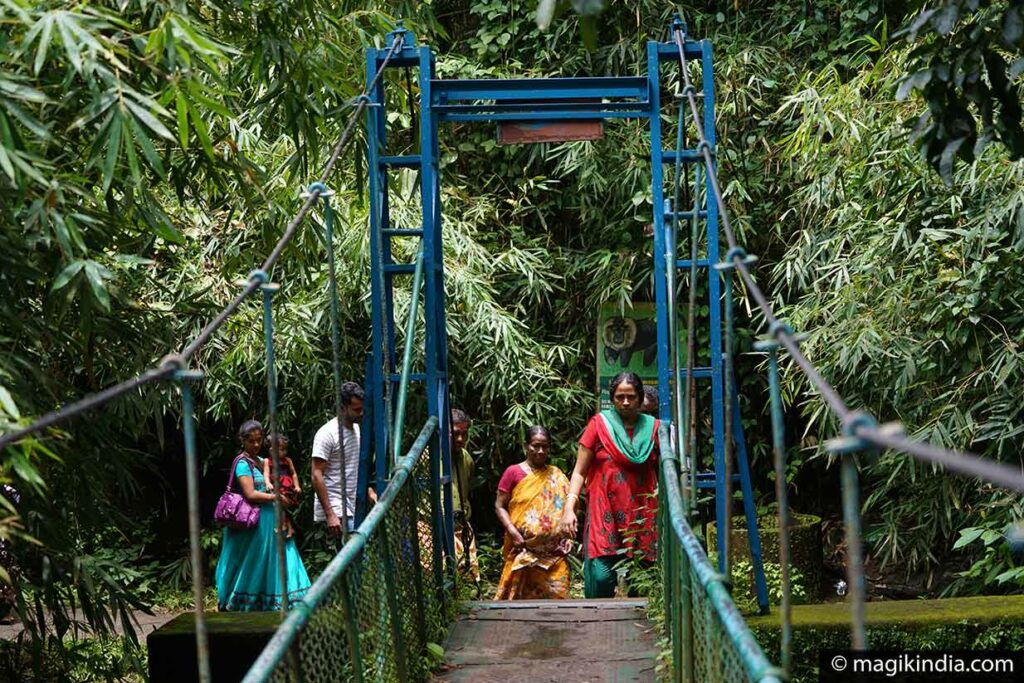
According to the legend, the god Rama and his brother Lakshmana were crossing the Brahmagiri hills looking for Rama’s wife Sita. When Rama asked Lakshmana to go and find some drinkable water, Lakshmana shot an arrow into the hills; a stream sprang up and was named Lakshmana Tirtha. Because of this legend the falls are supposed to have the power of spiritual purification and are visited by thousands of believers.
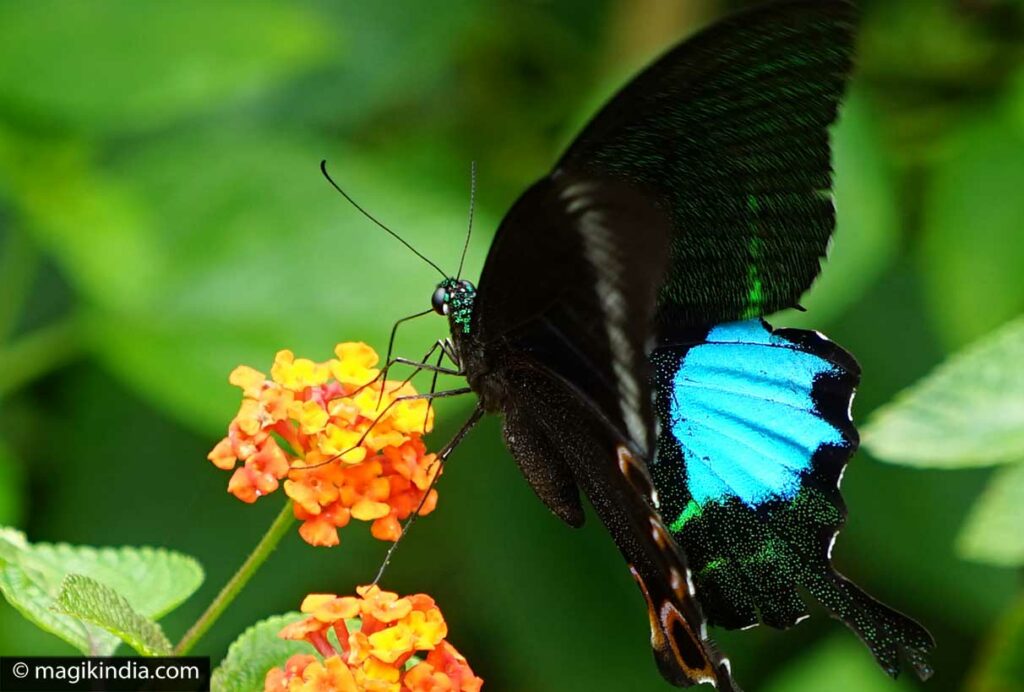
The falls can be reached along a lovely forest trail where many butterfly species can be seen, including the splendid but endangered Malabar Blue Bandit.
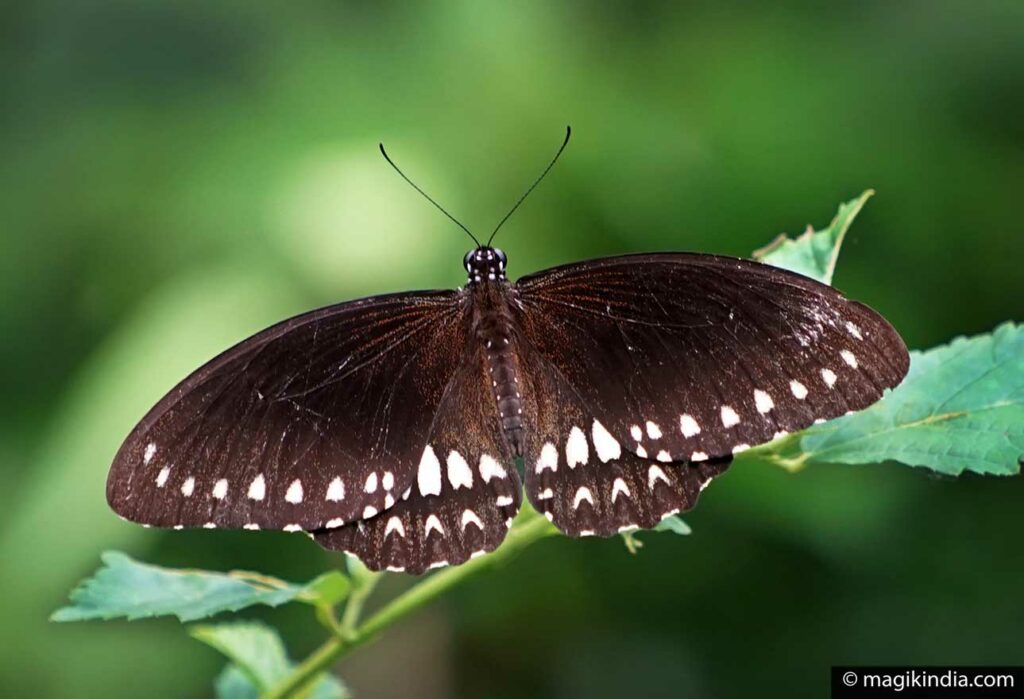
At the foot of the hill below the Irupu falls stands Rameshwara Temple. Legend has it that the temple’s Shiva-lingam was created by Lord Rama himself. The shrine attracts crowds of devotees during the Shivaratri festival. On Sundays the temple houses the village market (called the Sante).
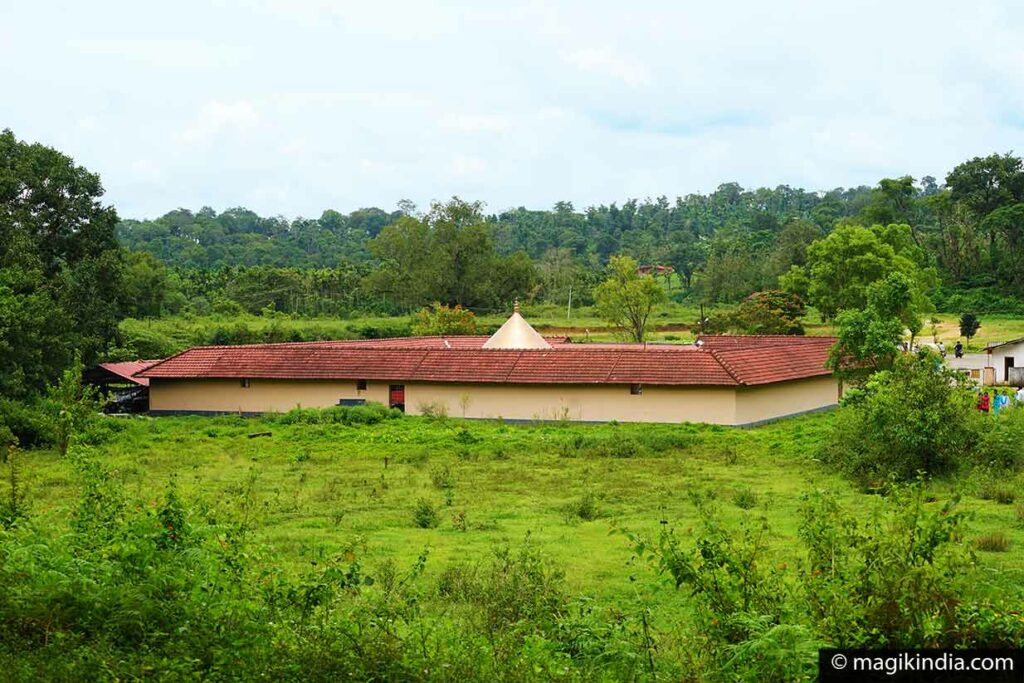
Chethalayam Waterfalls
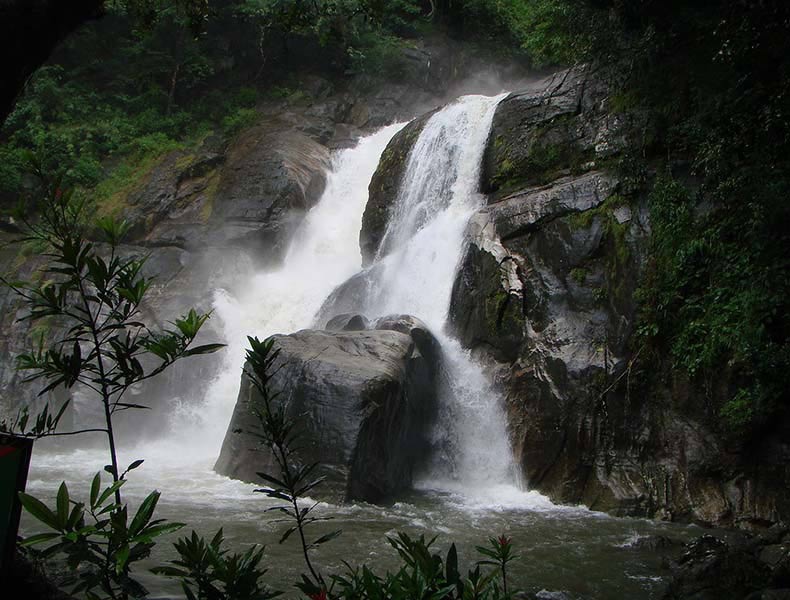
This little waterfall near the Wayanad nature reserve is the smallest in the region and dries up in summer, but the 4km walk through teak woods to reach it is a joy in itself.
To take this walk you have to get a pass from the Forest Range Office in Chethalayam. Plan your trip in advance to make sure the office is open and that there is a guide to take you.
The best time to go is September to February, shortly after the monsoon; the falls are dry in April-May.
Pakshipathalam
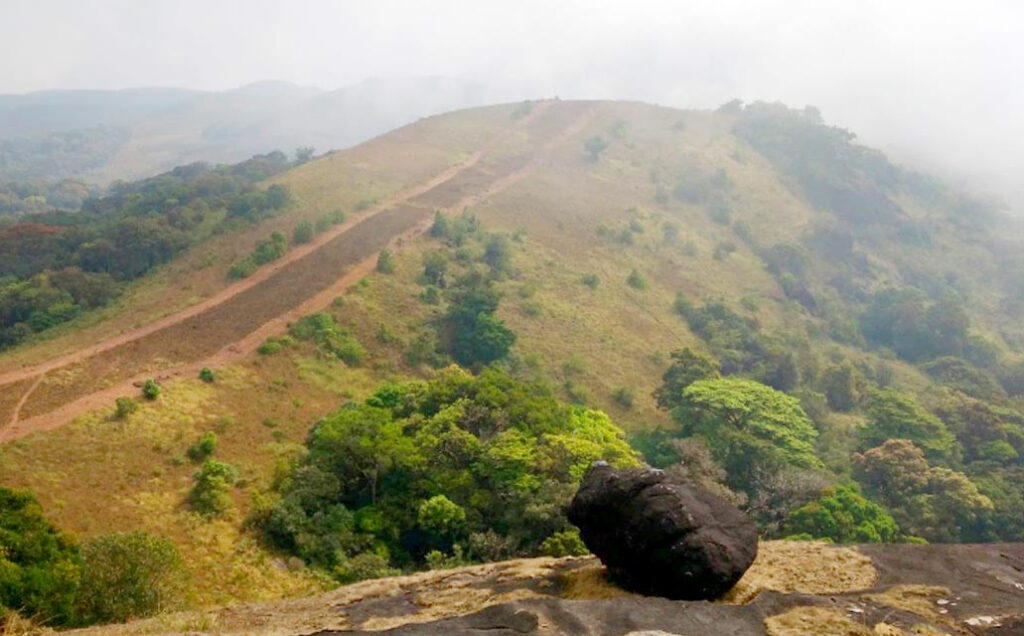
Pakshipathalam, 7km northwest of Thirunelli, offers virgin forest, streams and steep hills that make an idyllic setting for a hike.
A cave which rishis (saints) are said to have used for meditation in olden times has become a major tourist attraction.
As with Chethalayam, you have to get a permit from the Forest Range Office.
Chembra Peak
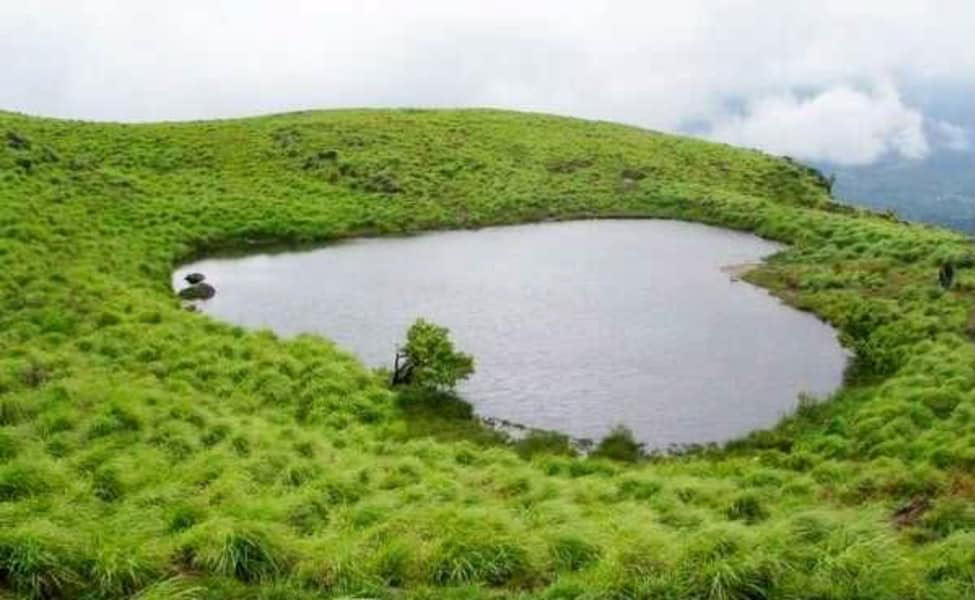
Chembra Peak, 8kms south of Kalpetta and near the village of Meppadi, is the highest peak in Wayanad (2100m) and can be seen from almost everywhere in the region.
It is the ideal hiking destination, but you have to get prior permission from the Forest Range Office in Meppadi. The office is open every day.
It takes at least three hours to reach the top. On the way you will come upon one of the hill’s main attractions, a heart-shaped lake called Hridhaya Thadakam.
From the top you have an unbeatable view right across Wayanad and Kerala’s exuberant countryside.
Wayanad Wildlife Sanctuary

Wayanad Wildlife Sanctuary was created in 1973.
It is made up of 13 forest reserves, but only two, Muthanga and Tholpetty, are open to the public.
Elephants, monkeys, tigers, leopards, bears and many species of reptiles, fish, butterflies and birds can be seen.
Wayanad Wildlife Sanctuary can only be visited with a guide and only at certain times of day. Various programmes are available such as hikes of two to twelve hours, jeep safaris and bird watching.
Banasura Sagar Dam
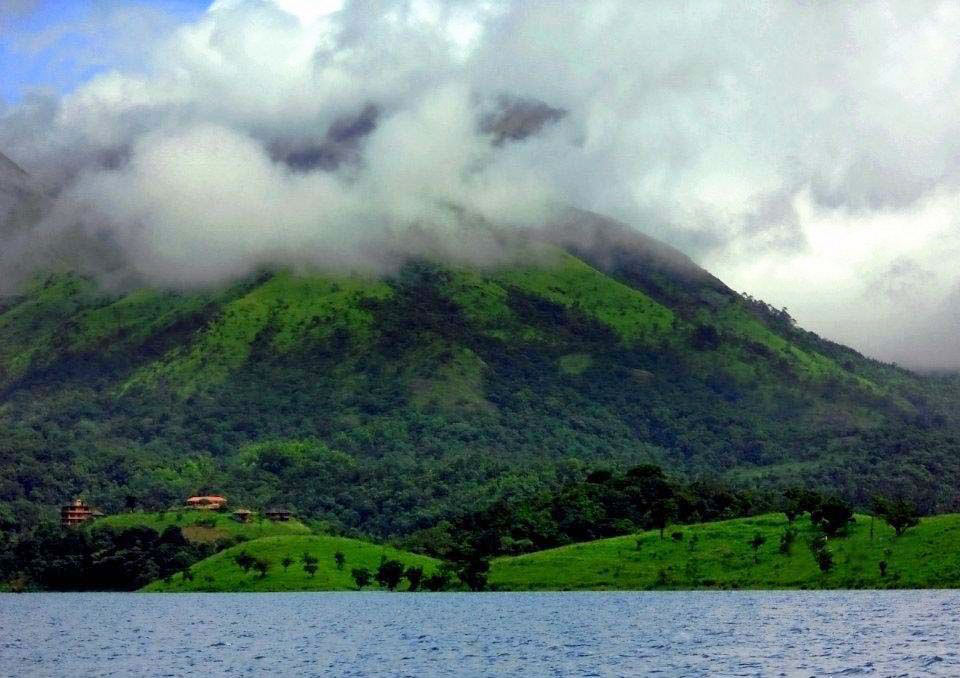
Banasura Sagar dam, some 15km from Kalpetta, is India’s largest earth dam and the second largest in Asia.s
It retains the crystalline waters of Lake Banasura and is made up of huge stacks of rocks and stones, with the misty Banasura hills as backdrop.
The hills are so called because according to a legend, the demon king Banasura (son of King Mahabali, who is supposed to visit Kerala from the underworld at the Onam festival each year) undertook a severe penance on these hills.
The dam was built to supply the population with electricity and with irrigation and drinking water in summer.
Puliyarmala Jain Temple
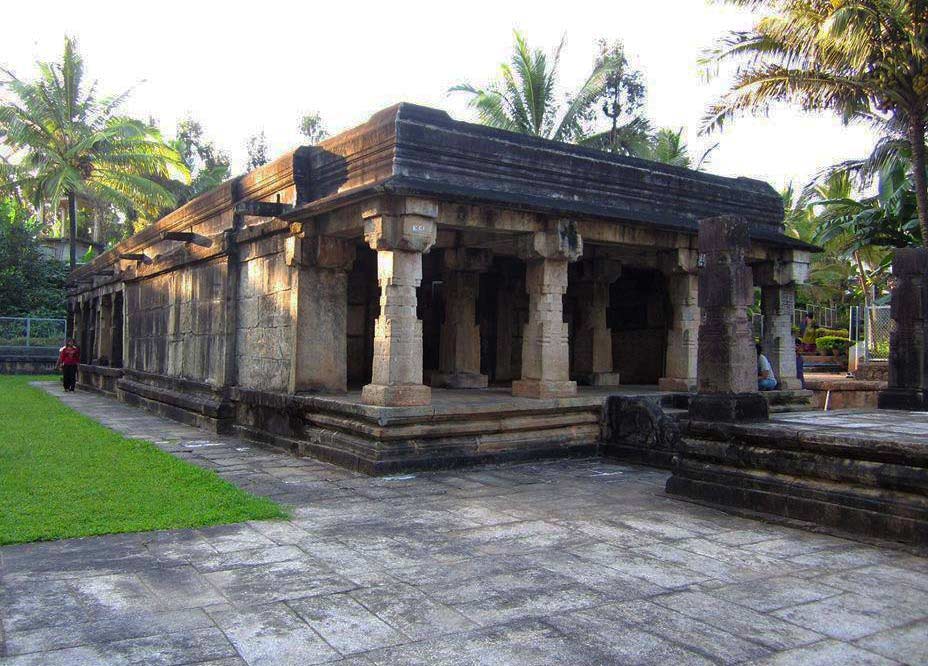
The 13th century Puliyarmala temple, also known as Anantnath Swami, is a Jain temple in Puliyarmala, 6km from Kalpetta.
It is dedicated to Anantnath, one of the tirthankars or Jain saints. Perched on a small hill and surrounded by coffee plantations, the temple is built, unusually for a Jain temple, in Dravidian style. The entrance doors are skilfully carved.
Kuruvadweep
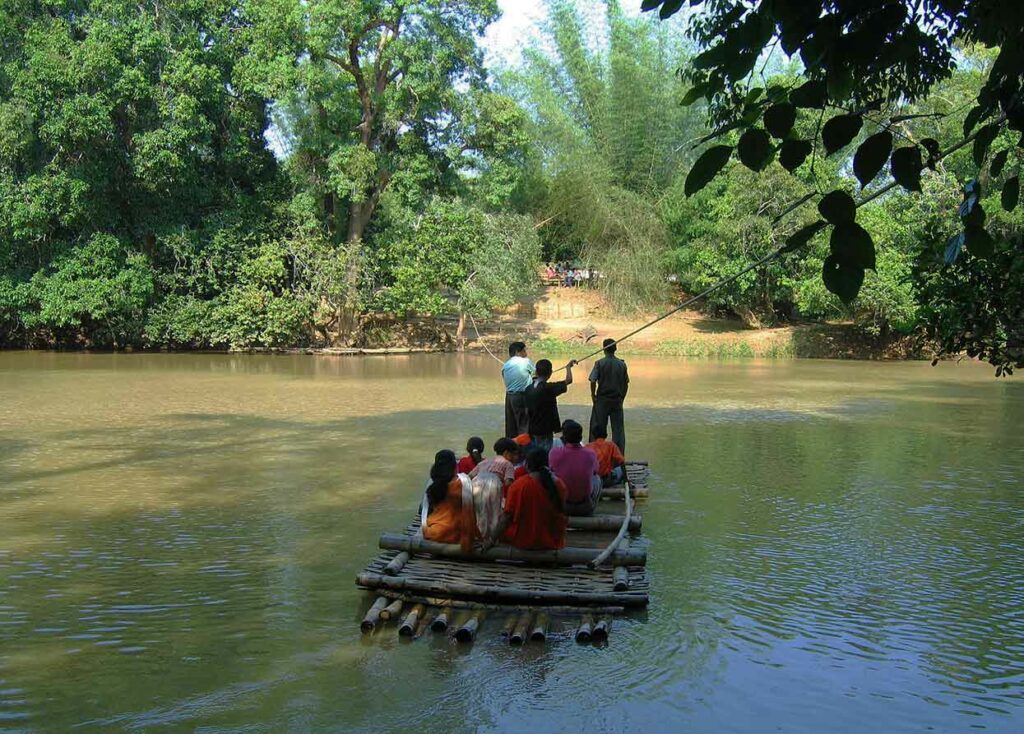
Kuruvadweep is a group of islets in a tributary of the Kabani river, about 14km east of Mananthavady in the northern part of Wayanad district, near the border with Karnataka state.
The islets form 950 acres of evergreen forest, a unique ecosystem that will enchant any nature lover. There are rare orchids to be admired and a host of butterfly species.
On one of the islands there are two small freshwater lakes ideal for migrating birds. Hornbills and parrots abound.
Ambalavayal Heritage Museum
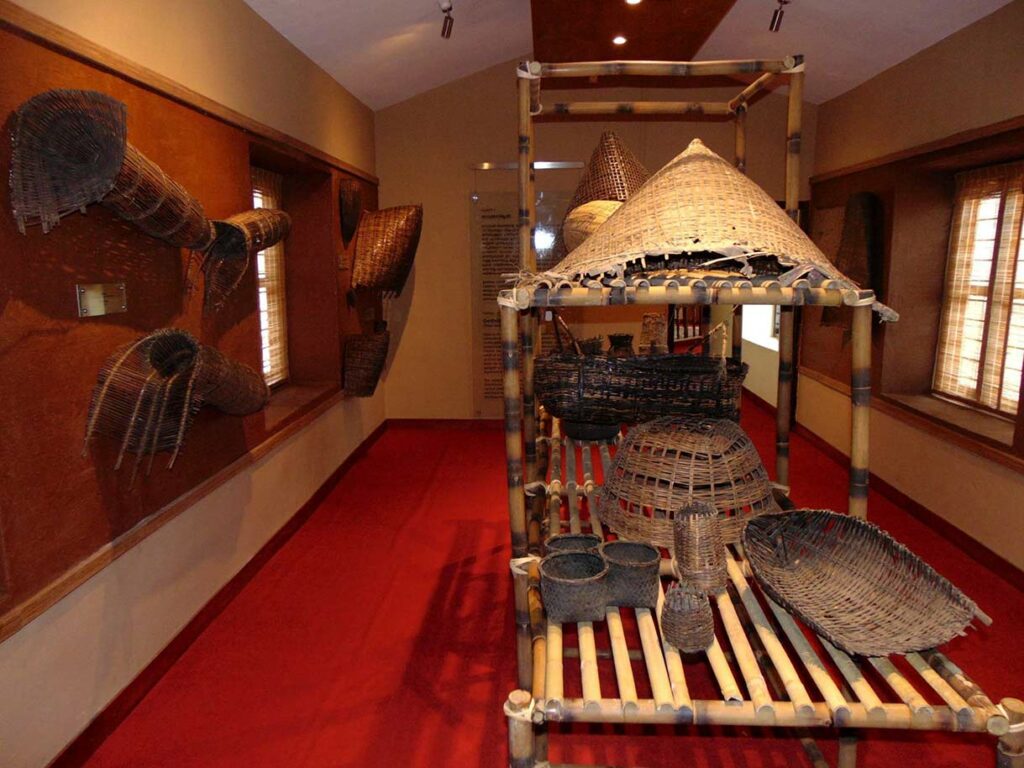
Wayanad Heritage Museum has one of Kerala’s largest collections of archaeological relics, from as early as the 2nd century CE. The exhibits offer ample proof that there was a thriving civilisation in the mountains of Wayanad at the time. The display comprises a wide variety of artefacts including clay sculptures, hunting bows and arrows. The museum is about 12km from Sultan Bathery in Wayanad.
Chain Tree of Karinthandan

On the main road near Lakkidi Pass is the Chain Tree, a ficus tree with thick iron chains hanging down around it.
A local legend tells how Lakkidi Pass was once a secret route known only to the local adivasis or indigenous tribal people. Under the British Raj, when the government wanted to open a route across the Ghats, an English engineer persuaded an adivasi tribal chief called Karinthandan to show him the Lakkidi route.
But the Englishman killed the chief in order to take all the credit for discovering it. And from that moment on the area was haunted by the ghost of Karinthandan, who harassed travellers on the new road. A priest, called in to solve the problem, chained the chief’s ghost to a small tree – and over the years the chain grew with the tree.
The place is now a tourist attraction, with numerous visitors coming every day.

